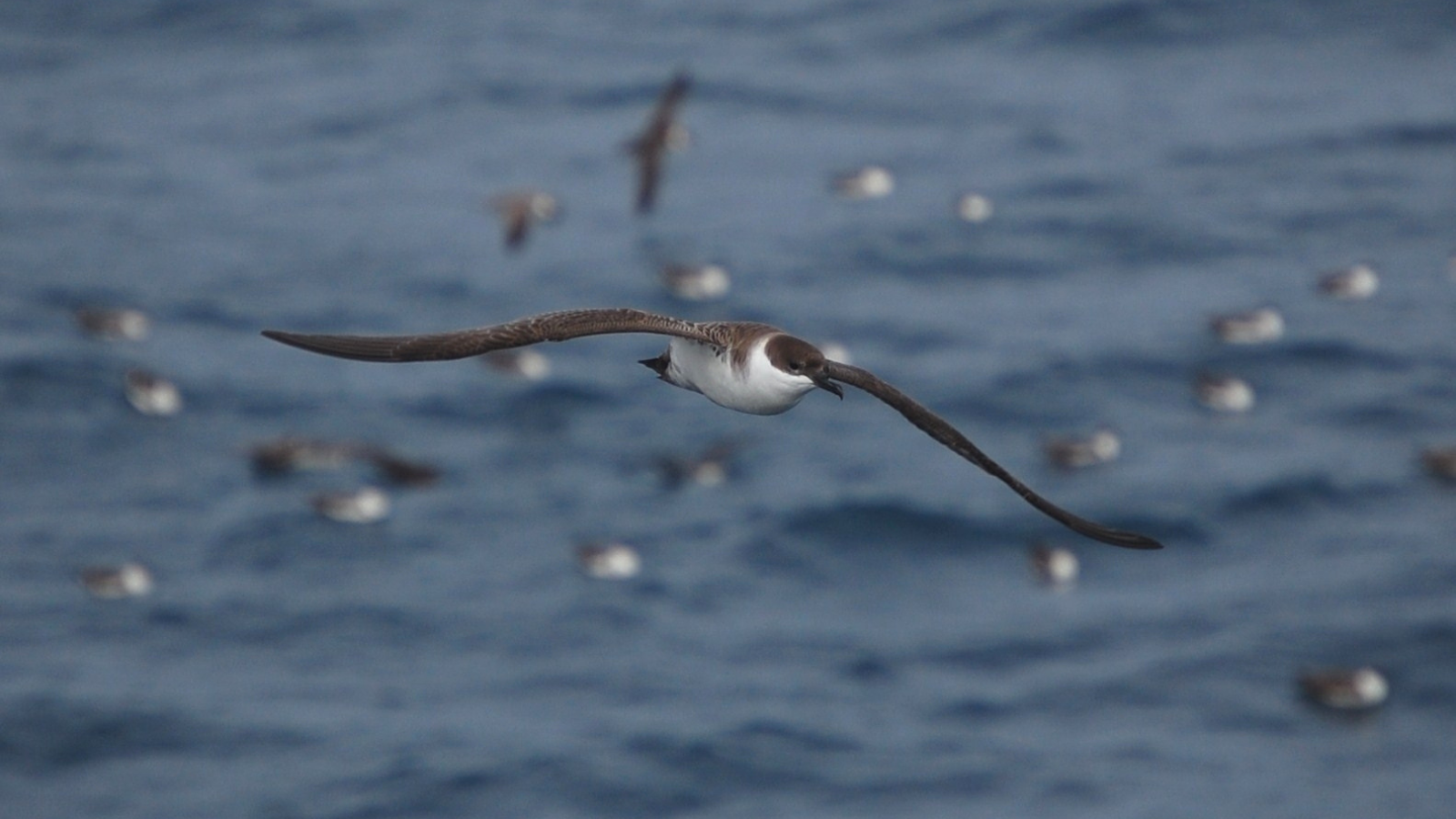
Why I have hope for our oceans
How our recent report shows the power of ocean protections for keeping our waters wild.
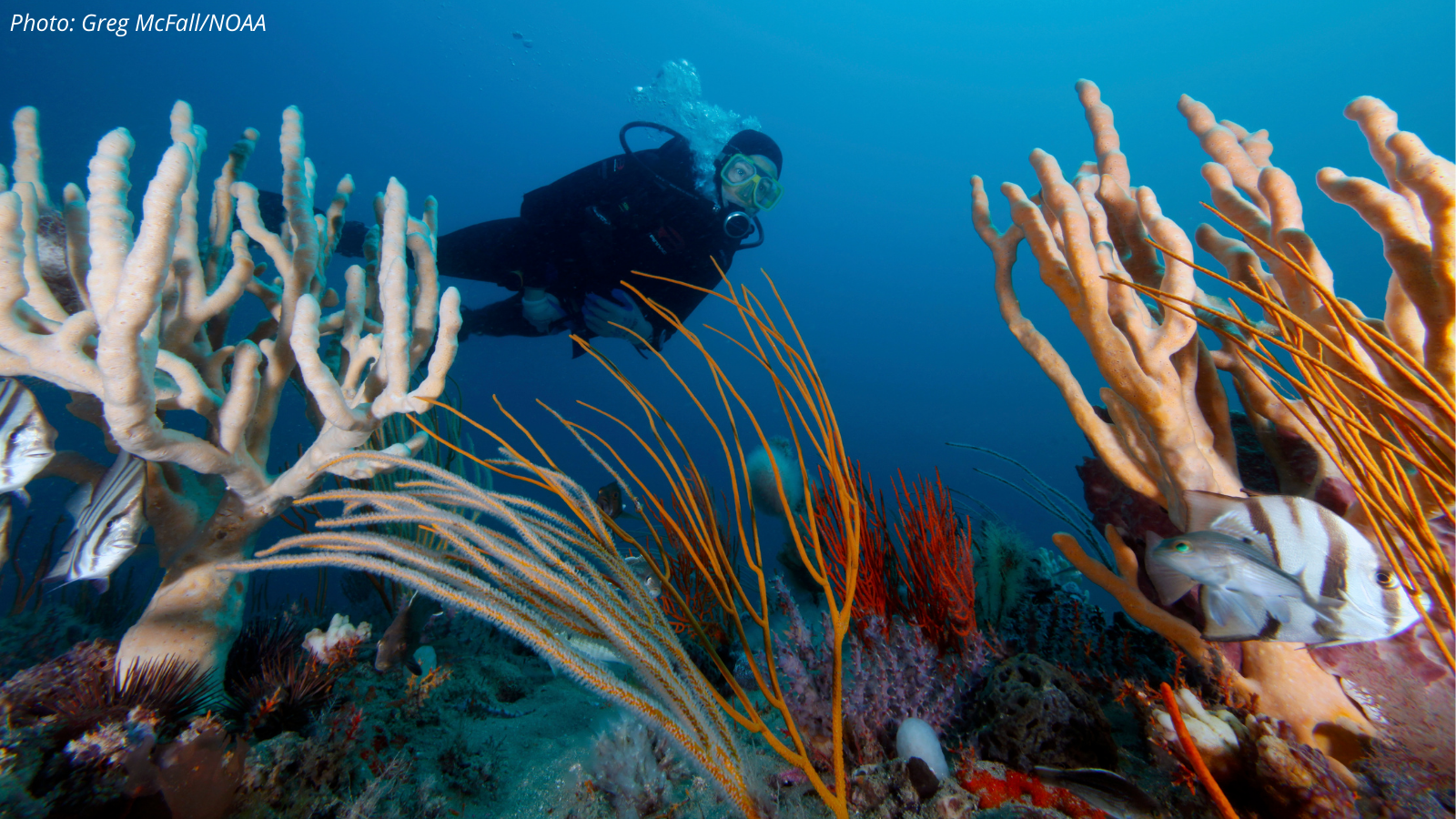
As a child, trips to the beach were a rare treat. Growing up in rural northern Nevada, the beach was eight hours away–a long, long trip for a family with two small children. But those special moments in the sand, scaling seaweed covered rocks to marvel at the colorful starfish and swaying anemones in the tidepools of northern California beaches, left an enduring impression on my childhood. I will always remember and cherish those days at the ocean.
Growing up, many people have memories of playing in the sand, running in the wind and splashing in the waves. But not enough of those people are aware of how threatened our ocean ecosystems actually are — and even less are aware that we have the tools to save them.
Ocean life is threatened: offshore drilling has polluted ocean waters while overfishing has stripped fish populations of their abundance, pushing stocks to the point of collapse. Oceans are also taking the heat of climate change, forcing migratory species to travel further north in search of cooler, oxygen-rich waters and putting them into conflict with the species already at home near the poles. Future generations may one day visit an ocean that is unrecognizable.
But there is room for hope. We have the tools we need to save our oceans. I recently co-authored a report, New Life for the Ocean: How Marine Protections Keep Our Waters Wild, that dove into one of the best policy tools we have available: marine protected areas. Like national parks on land, marine protected are ocean habitats that have been put off limits to destructive human activities. By removing additional, direct pressure, we give ecosystems a chance to thrive. Our report highlights how well-placed, long-standing ocean sanctuaries can help restore ocean ecosystems, protect endangered species and build resilience to climate change.
Over the next few weeks, James Horrox, a policy analyst with the think tank Frontier Group and the co-author of the report, will publish blogs taking us on a virtual tour of the amazing protected places that provide hope for the future of our oceans.
We’ll learn more about the Channel Islands National Marine Sanctuary and other MPAs off the coast of California. As the United States’ first science-based, statewide MPA network, these protected areas have helped restore degraded marine habitats and led to dramatic increases in once-depleted fish populations.
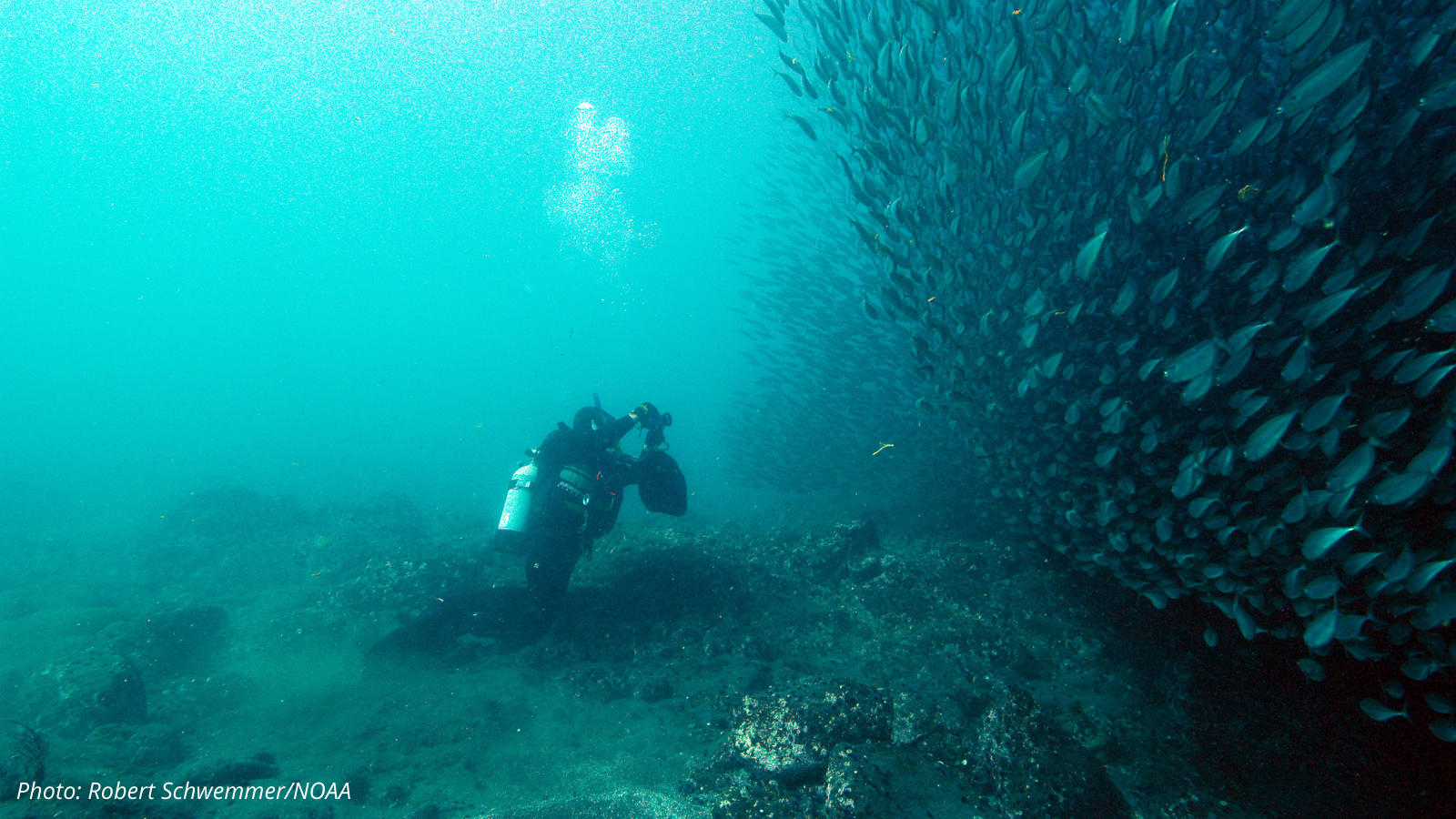
Out in the Pacific Ocean, Papahānaumokuākea — the country’s largest Marine National Monument — has rescued some of the world’s most endangered species from the brink of extinction. It has also nurtured thriving populations of species that have experienced massive population die-offs elsewhere.
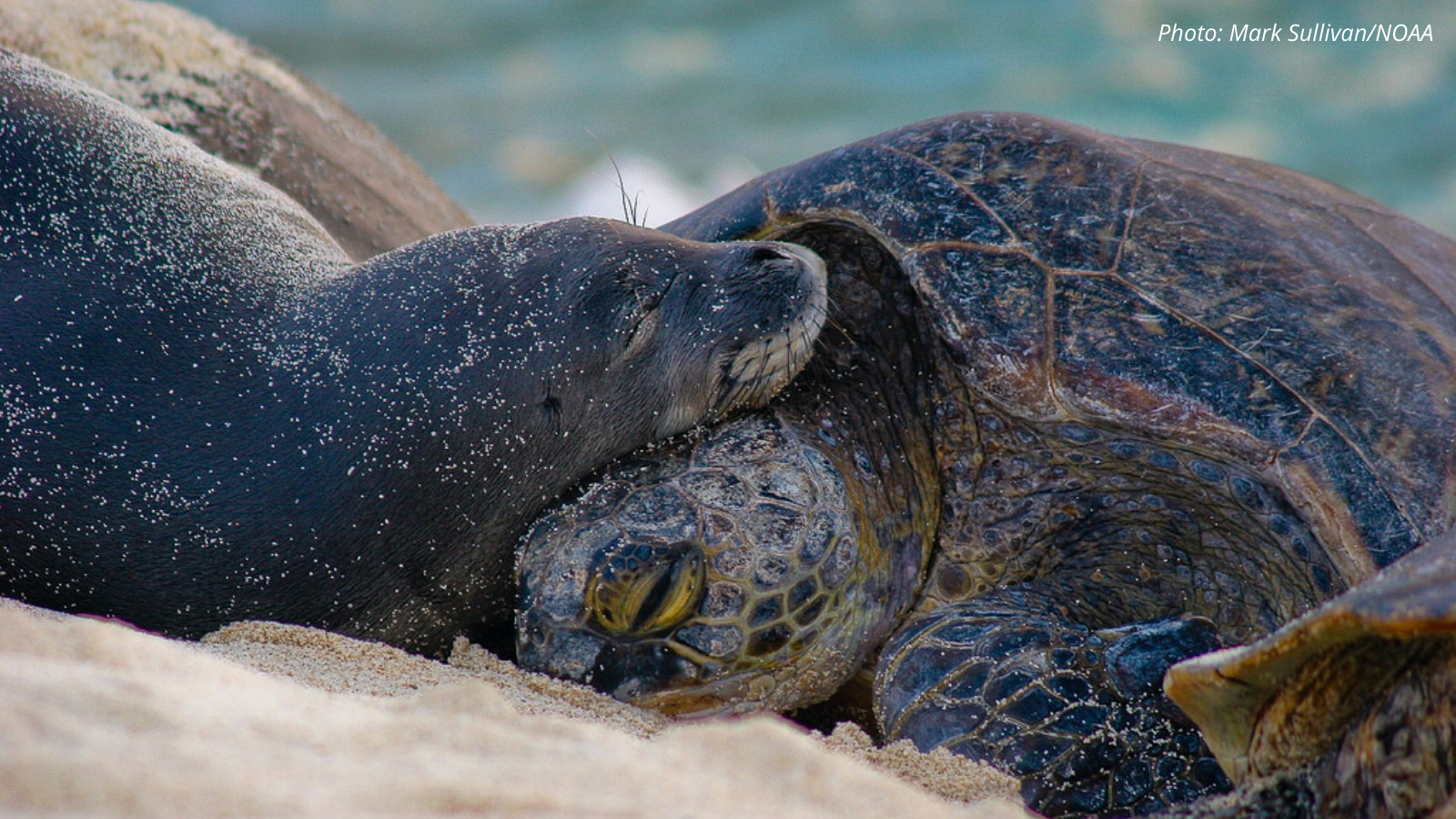
A MPA network at Florida’s Dry Tortugas National Park and Ecological Reserve in the Gulf of Mexico has been instrumental in the recovery of local reef fish populations.
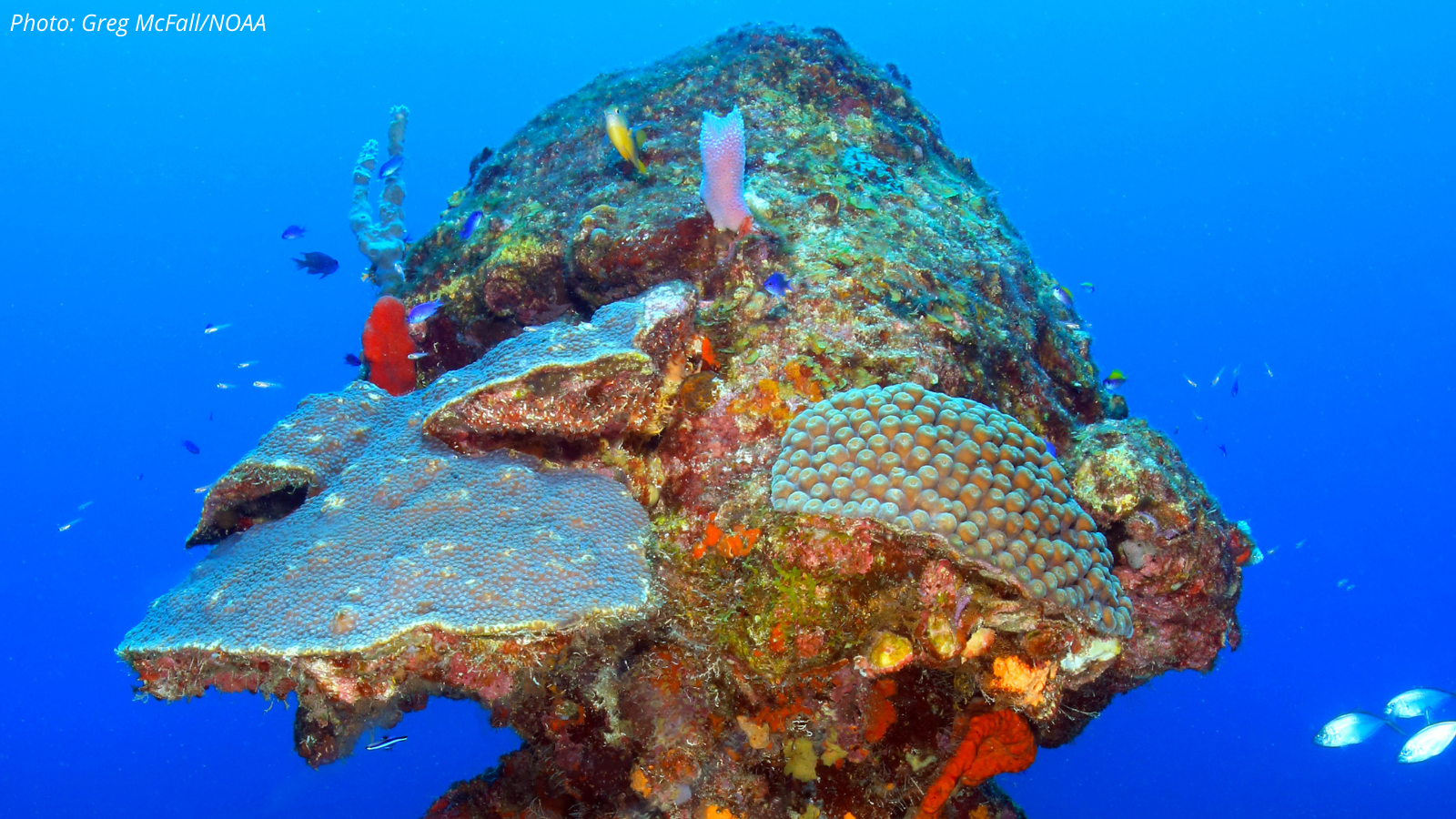
In the ocean off Cabo Pulmo, Mexico we will explore one of the world’s greatest marine protection success stories. Protections here enabled a reef to recover from near-total destruction after aggressive over-fishing.
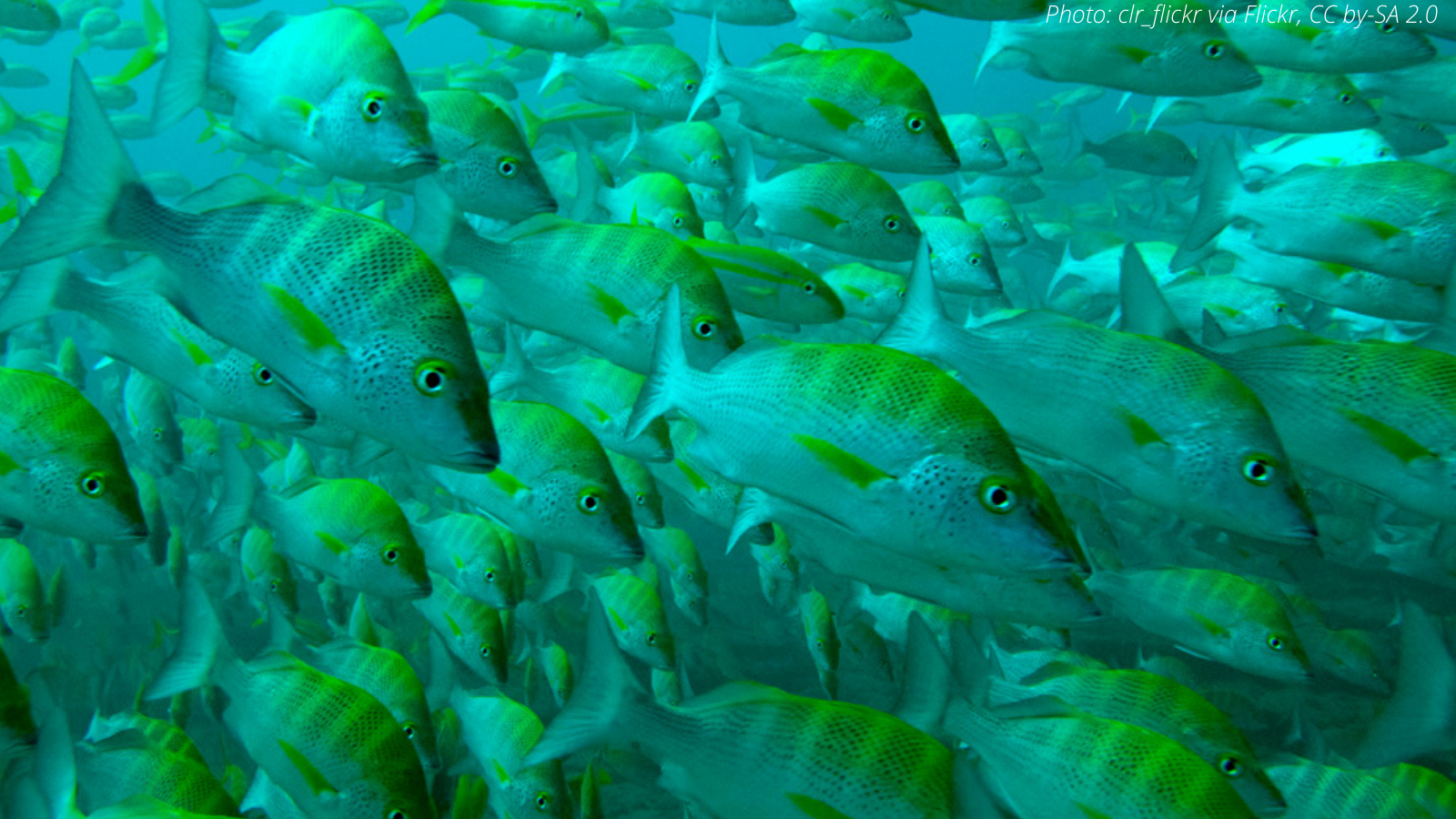
We’ll then travel to the Great Barrier Reef off the coast of Australia, where no-take MPAs have enhanced the coral reefs’ ability to rebound from bleaching, storms and disease and led to greater diversity, density and abundance of fish species.
Finally, we’ll wrap up our tour in Puget Sound, where protections at the unusual underwater world of Edmonds Underwater Park have succeeded in restoring depleted local fish populations.

After studying these success stories over the past months, it’s clearer than ever that marine protected areas are one of the most important tools we have for preserving our oceans. Our report joins other research calling on all levels of government to protect 30 percent of our seas by 2030. If we succeed, we will give our highly imperiled coastal waters a new lease on life.
Protecting our ocean’s wild and wonderful places is a critical step toward building a healthier future. We want kids growing up across our country in decades to come to have the chance to marvel at the strange, magical life under the waves. By protecting more of our oceans, we can give them that chance.
Topics
Authors
Kelsey Lamp
Director, Protect Our Oceans Campaign, Environment America Research & Policy Center
Kelsey directs Environment America's national campaigns to protect our oceans. Kelsey lives in Boston, where she enjoys cooking, reading and exploring the city.
Find Out More

A wave of youth ocean activism in Boston
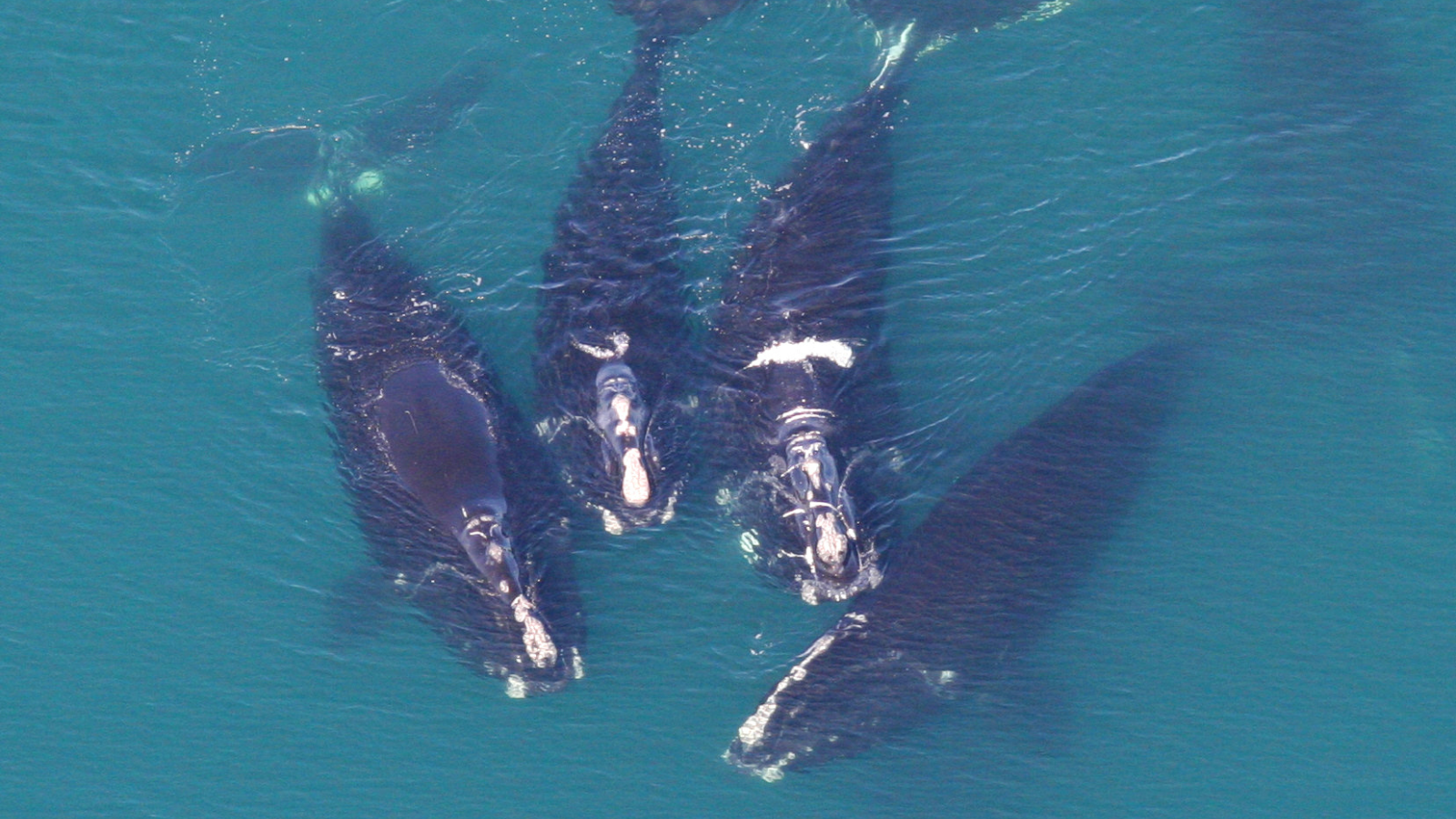
Save the Whales
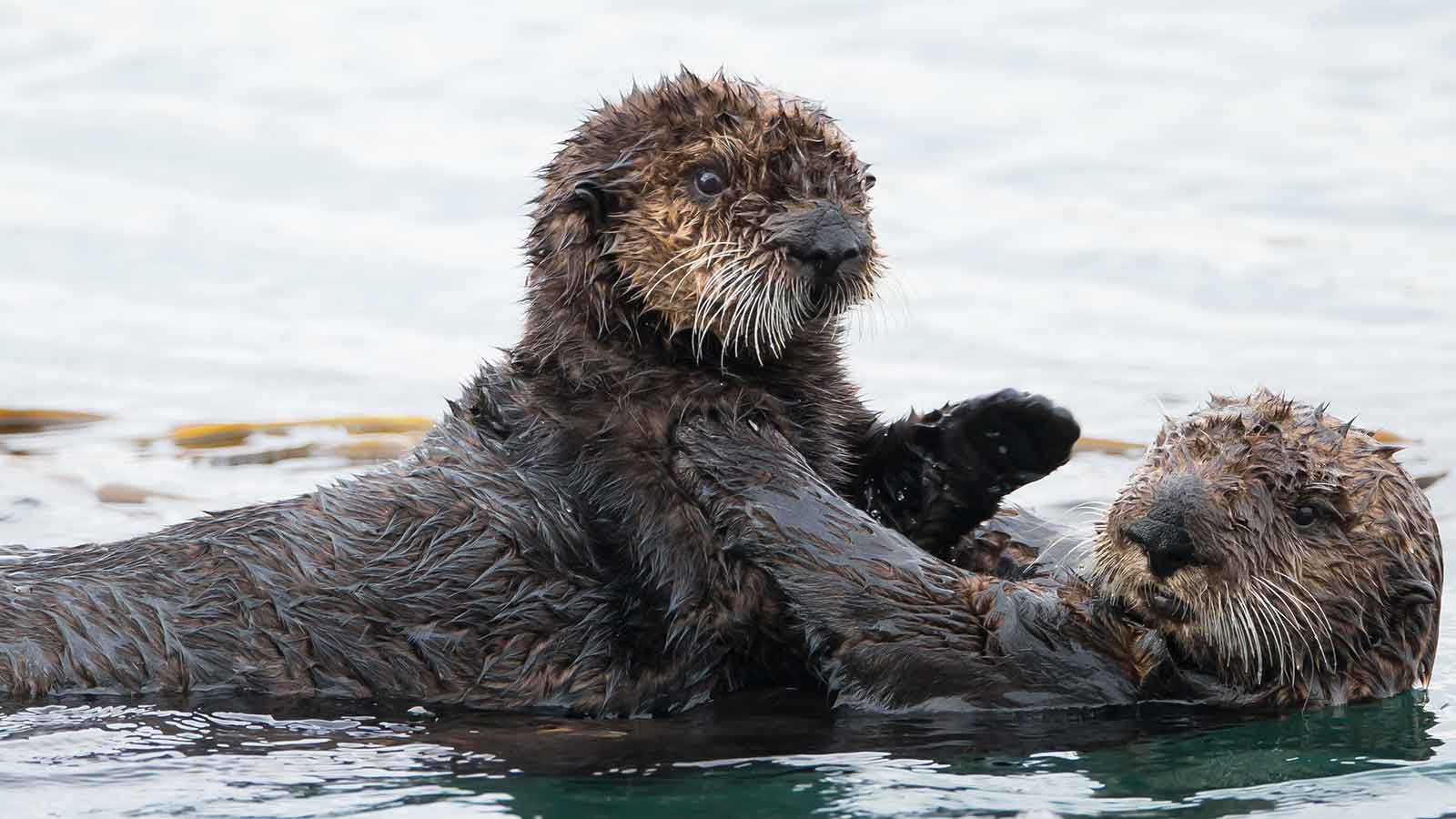
Can sea otters help with invasive species?
